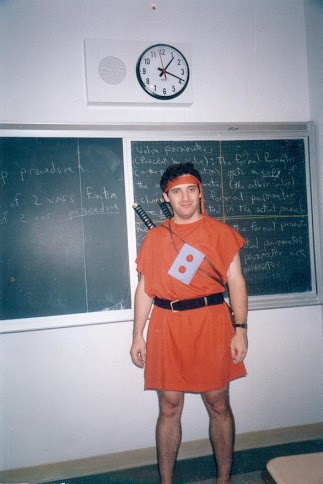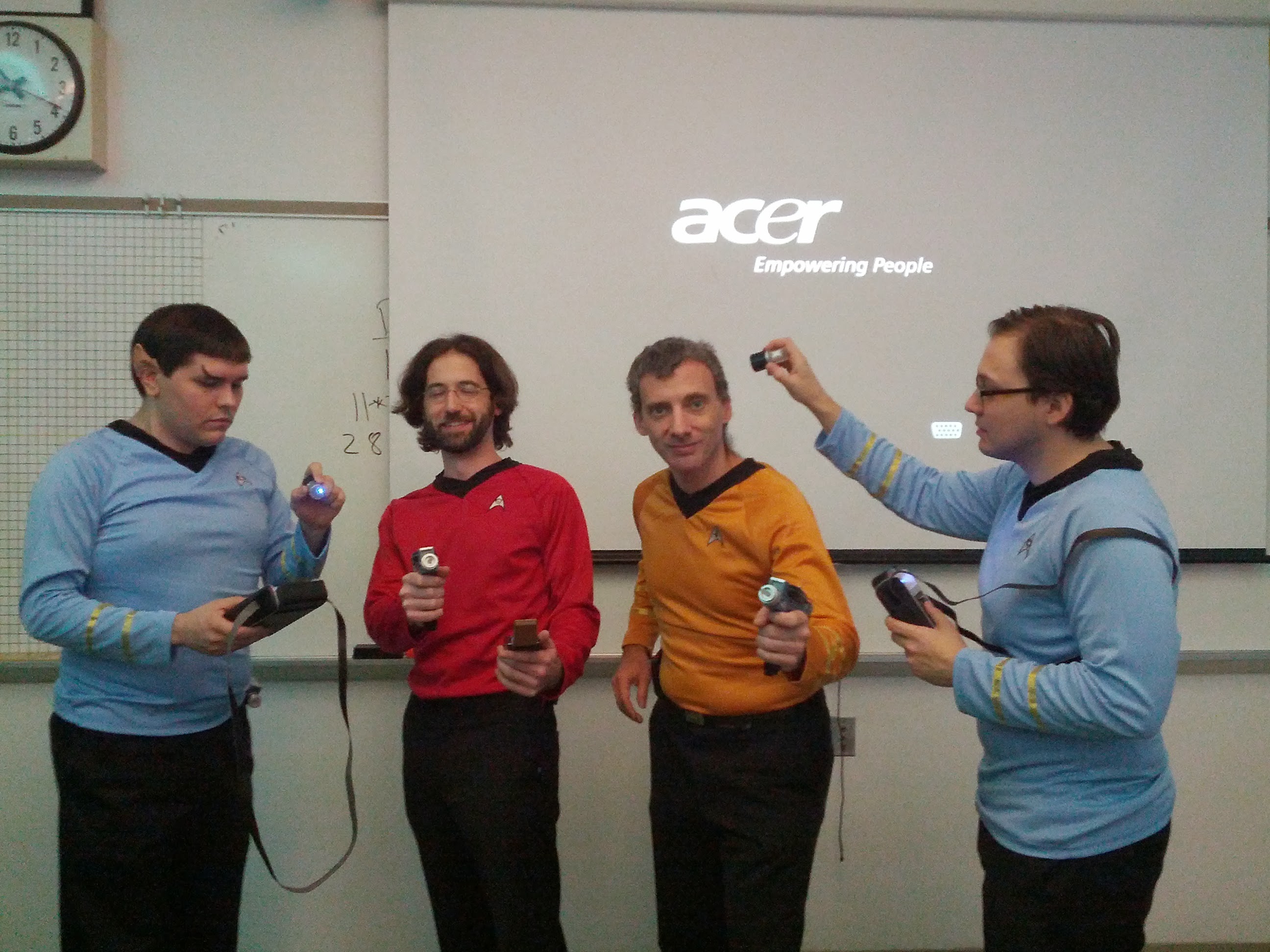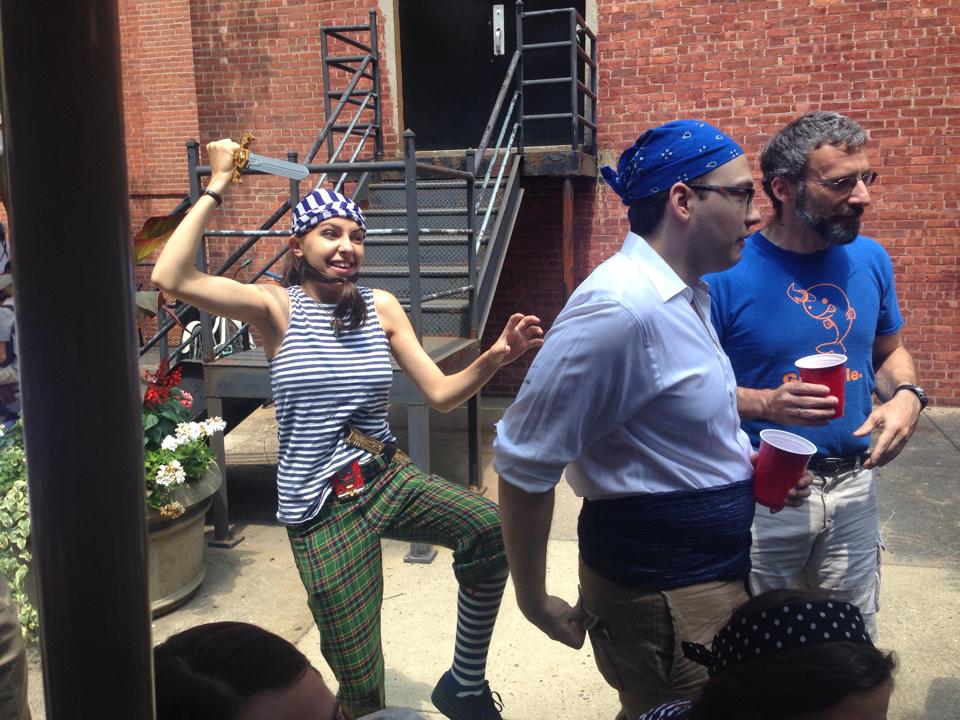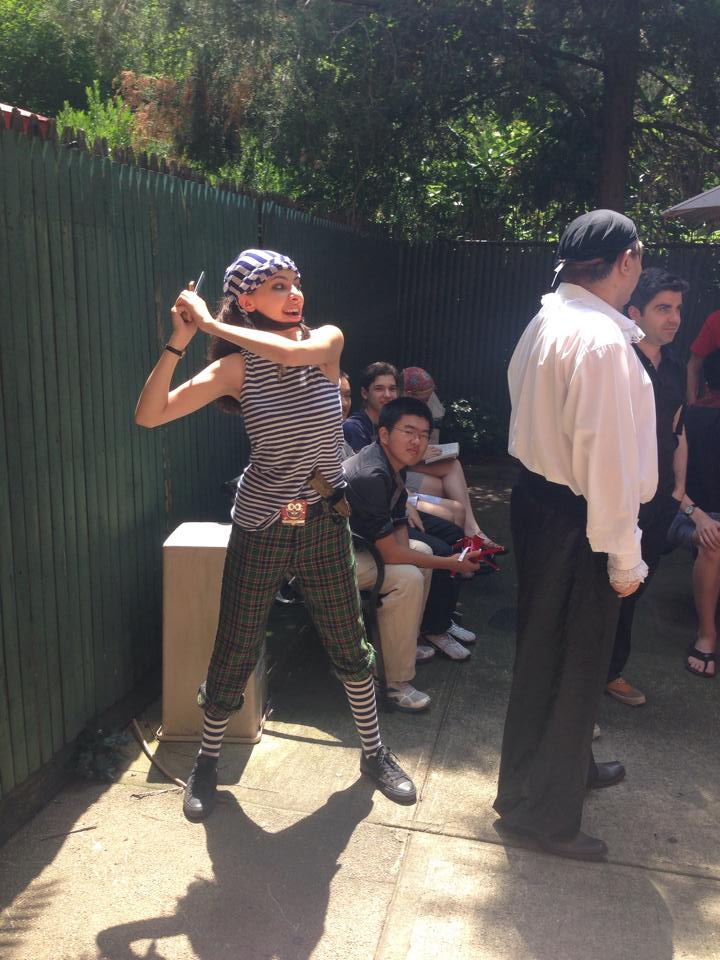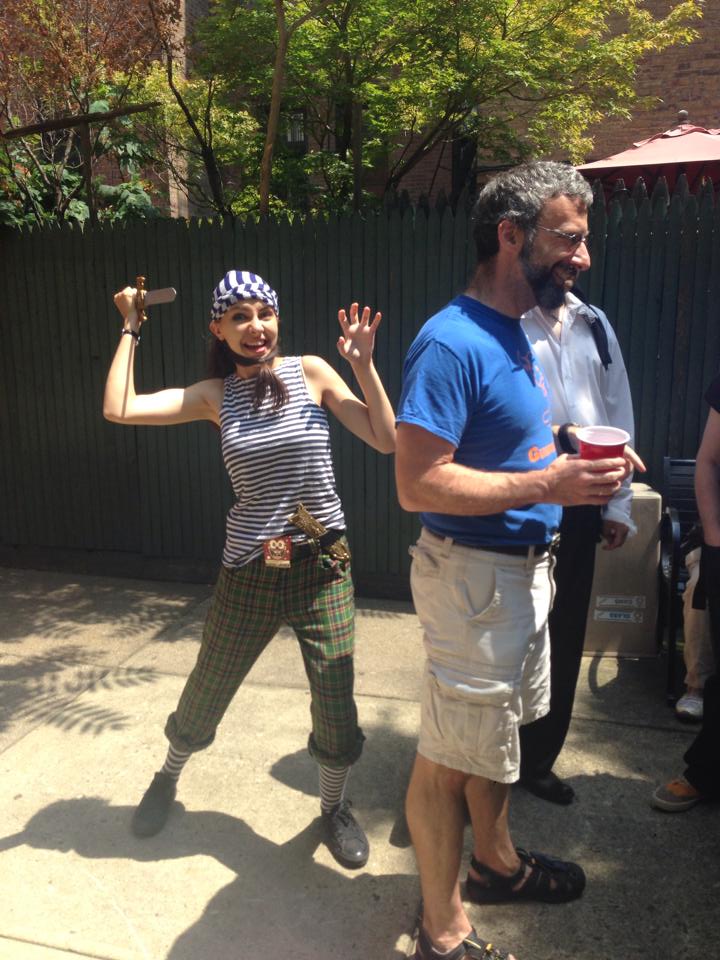By Mariya Gedrich, Kachun Leung, and Stella Ma
Imagine Stuyvesant without a computer science program. Aspire to pursue a career in software development? Nope, but perhaps you could go into the ever-lucrative handmade telescope business after taking a telescope assembly class. Want to explore all the features of your laptop? Well, that’s probably not happening at school. Want to take Advanced Placement (AP) Computer Science? Good luck getting into that one class taught by that one teacher. If this seems like a hassle to you, it was definitely a problem 20 years ago when this was the reality.
Today, every Stuyvesant student is expected to graduate with at least one semester of Introductory Computer Science, and for those who are interested in continuing with the course, there are plenty of classes offered. In fact, AP Computer Science is one of the most sought after classes every year. Last year, around 400 students applied to take the class, and an extra section had to be added to accommodate the disappointed students who did not get in. In 1994, however, Stuyvesant had only a few classes dedicated to the use and study of computers. There was no official computer science program other than one AP Computer Science class taught by a math teacher who was much more passionate about teaching math than about teaching computers.
A new math teacher at the time, Michael Zamansky, was teaching geometry. Zamansky, felt out of place teaching a math class. “I’m not a mathematician, I’m a computer scientist,” Zamansky explained. Before long, it was clear that the switch was inevitable. Zamansky enthusiastically recalls the day he was taken out of a class to talk to math chairman Richard Rothenberg: The previous teacher said, “‘Richie, I don’t want to teach computer science—Mike does.’”
And that was when the ball started rolling.
In the fall of 1994, Zamansky started teaching the AP Computer Science class. In turn, enrollment skyrocketed as there was now an enthusiastic and passionate teacher. Juniors and seniors filled four sections of the class, more than ever before.
The classes fostered a new interest in computer science among students. Feeling that there was much more to be done with this new enthusiasm, Zamansky asked his class if they’d like to have a spring class in Systems Programming, a class in which students would learn about memory organization, interrupts, and computer representation of numbers. Although both his students and the administration approved of this idea, Zamansky was unable to fit the class into the students’ 8-period schedules, especially since they had other commitments like math team in the morning. The solution came when students volunteered to stay an extra period after school, making Systems Programming a ninth period class. Students readily signed up; Zamansky was now staying after school every day with a group of students eager to learn. Noticing how popular the Systems Programming class was, Zamansky decided to create a fall semester supplementary course in Advanced Computer Graphics, in which he taught students how to use C and Pascal. Because of the popularity of these classes, the electives were incorporated into the schedule and staying after school was no longer necessary by the fall of 1995.
The classes proved to be a massive success. Computer science students were getting involved in international competitions, claiming top spots wherever they went. The result of the newly formed computer science classes was a very close-knit subculture. All of his students shared a common interest and now had a venue for developing it. “That cohort from Mike’s first class really bonded as a group,” recalled alumnus Yu Ping Hu (’95) in an e-mail interview. “I remember cutting all my classes for days on end to spend time in the lab with other kids in the class to work on our projects and hang out (and Mike kicking us out when he found out about it, not that it stopped us from doing it again when he wasn’t in the room).” In addition, “Hackers,” a film about a young boy who was arrested for writing a computer virus, was filmed at Stuyvesant, and a real life hacking incident took place. These events helped create traditions and lore for that community, according to Hu.
Zamansky also helped foster a community by teaching with a fun, playful attitude. According to former computer science teacher and alumnus Boris Granovskiy, students and teachers constantly played pranks on each other. “I definitely remember one day when there were several bake sales at Stuy, and so Mr. Zamansky and some of my friends bought up a bunch of pies and ambushed me when I got to the classroom, leading to a chase around the classroom and a lot of flying pastry,” he recalled.The annual Halloween tradition of all the computer science teachers dressing up and performing skits for their classes has its roots in Zamansky’s enthusiasm for dressing up in an elaborate costume. “The first year I taught, Mr. Zamansky and I dressed up as Hans and Franz from Saturday Night Live and walked around trying to teach in character the entire day,” Granovskiy recalls. The following year they both dressed up as the Hulk and had to somehow teach by only using grunting noises.
Even though a vibrant culture had formed around the classes, only a small portion of the student body was a part of it. “A lot of kids won’t even think about computer science,” Zamansky explained. The ones who did, however, often fell in love with it. Alumnus and computer software developer Anita Verma remembers how she originally took Zamansky’s Introduction to Computer Science (Intro) class when it was an elective during her sophomore year. “I had heard great things about Mr. Zamansky, and I always loved computers, so I was very excited to take his class,” she said in an email interview. Although computer science was new to her, she quickly became fond of the class. “Classes never felt like a grind, like most of my other classes did. Looking back at these classes now, I understand that this is what learning is supposed to feel like, when you find something that you are passionate about,” she said. “I retained everything I learned in those classes, and used that as the foundation of the computer science education I would receive at college and in the workplace.”
Verma is just one of many of Zamansky’s students who have gone on to have jobs in the tech industry, with some working at Google and others at the National Security Agency. “When one of my students got his doctorate, he gave me a copy of [it], and he’s a good friend of mine now…when another student wrote a book, I’m in the acknowledgments,” he said. “So I know these guys appreciate me but I’m like, ‘can’t I do more?’”
That was when Zamansky decided to pursue a required Intro class for all students by what he considered “hacking” the school’s system. He started working on his idea for this program in 1997, but did not get the chance to make it a reality until 2002, when drafting teacher Timothy Pon left Stuyvesant. Since Pon left behind a drafting class, Zamansky was able to swoop in and substitute one of his Intro classes for the drafting class as a graduation requirement, a move that pleased a large portion of the student body. “Students began to say, ‘Hey, this is ridiculous. Computer science is so much more valuable,’ since the whole idea was that we want to give you the basic tools to inspire you and get you to think like a computer scientist,” Zamansky said.
The additional Intro class added yet another teacher to the computer science faculty, Boris Granovskiy. It was the students in Granovskiy’s class who were allowed get a graduation credit for their Intro class to replace the drafting requirement. Students, however, began to complain that it was unfair for only one Intro class to satisfy the graduation requirement. “If you were in my class you didn’t get credit because it was only for this one substitute,” Zamansky explained. After the complaints increased, the administration caved in and allowed all Intro classes to get credit.
Once a single semester of Introduction to Computer Science (MKS21) was officially a graduation requirement, Zamansky began to work on creating a second semester class for his intro program, MKS22. “The whole idea behind Intro to Computer Science is that during MKS21, the first half, you learn to think like a computer scientist. But in MKS22, you’re gonna use real stuff. We do data analysis…and this is something that no matter what field you’re going to go into, they’re gonna help you,” he explained. Finally with the success of creating a whole year of Intro, Zamansky was able to achieve his goal of teaching computer science to the whole student body.
Although the wide array of computer science classes has grown into one of the most popular programs in Stuyvesant, it still faces several obstacles. The most prominent of these problems is that this program is not classified as a separate department because there is not a separate licensing for computer science teachers. Since the computer science programs are classified as math, it leads to several conflicts of interest, namely the daily functions of the program. This includes hiring and evaluating teachers and transferring students between classes. Furthermore, some of the computer science teachers are also math teachers, which causes problems when creating schedules each year. Assistant Principal of Mathematics Maryann Ferrara in particular has to deal with these problems; while hiring teachers, she has to find a fair way to allocate money for teachers between both the math department and the computer science program, according to Zamansky.
Even though Zamansky and his program have faced problems to this day, he continues to take pride in what he has done with it. During his interview, he joyfully recounted memories of his students and their achievements of working for companies like Electronic Arts, Google, and Facebook. Besides the individual student accomplishments, the program has grown beyond the walls of Stuyvesant to include an organization called Computer Science and Technology for Urban Youth, a computer science program at St. Joseph’s College that pioneered this summer. Taught by several of Stuyvesant’s computer science teachers including JonAlf Dyrland-Weaver and Samuel Konstatinovich, the goal of the program is the same as it was in the beginning: to expose more students to computer science and to give them a venue to develop their skills.
And so, from a single section of AP Computer Science taught by a single teacher in 1994, Stuyvesant’s computer science program has grown into a sophisticated program that is one of a kind. “We had investors who wanted to invest in our student projects before they graduated. That doesn’t happen anywhere. We’ve got this very special thing that is nowhere else in the country,” Zamansky said. “There’s really nothing comparable to it.”
